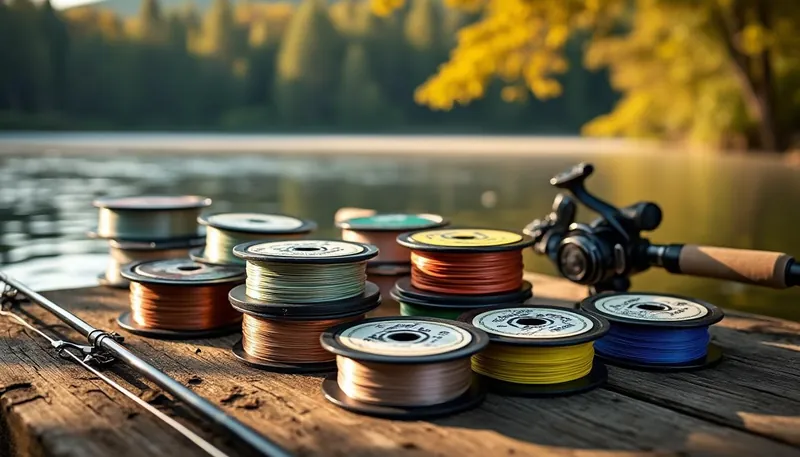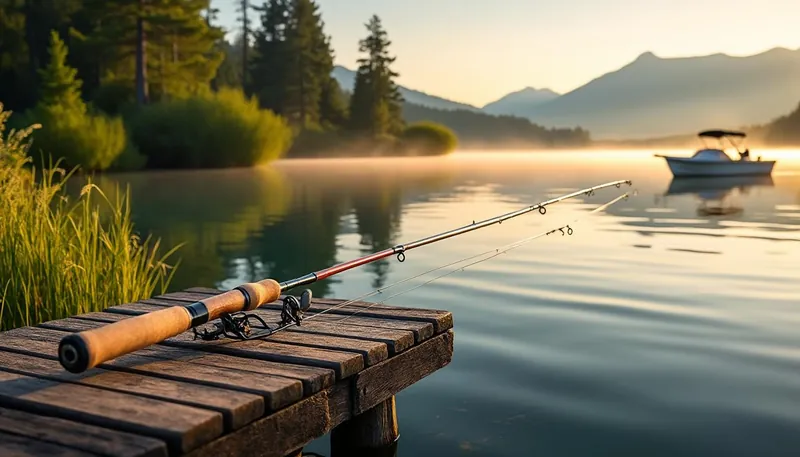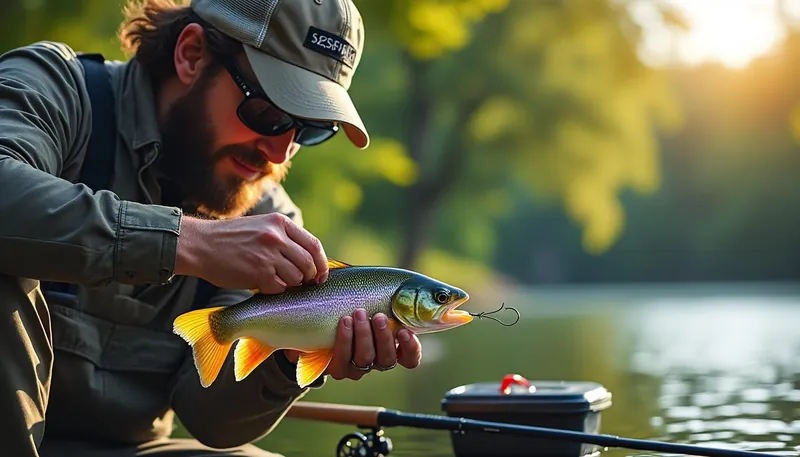Choosing the right fishing line strength is critical for anglers looking to maximize their success on the water. Whether you’re targeting trout in a serene river or battling 200-pound marlins in deep sea, understanding how to select the appropriate line can make or break your fishing experience. With a plethora of options ranging from monofilament, braided, to fluorocarbon lines, knowing the right strength to match your tackle and targeted species is paramount. Let’s take an in-depth look at the factors you should consider for choosing the best fishing line strength.
Brief
- Understanding fishing line strength is crucial for success. 🎣
- Factors influencing strength include material, diameter, and the targeted fish species. 🐟
- Choosing between monofilament, braided, and fluorocarbon lines based on specific fishing needs. 🪝
- Storing and maintaining your fishing line is key to preserving its strength. 🛠️
- Consulting strength charts for guidance can streamline your line selection process. 📊
The Importance of Fishing Line Strength
When it comes to fishing, the strength of your line can greatly influence your catch rate. So, what exactly does « line strength » mean? It refers to the maximum weight or pressure the fishing line can handle before breaking. It’s important to recognize that different fish species have varying levels of strength and size. For example, if you’re hoping to reel in a hefty bluefin tuna, you’ll need a stronger pound test than you would for a small panfish like a bluegill. 🔍
Factors Influencing Line Strength:
- Material: The type of line greatly affects its strength. Monofilament is typically less expensive but offers less sensitivity, while braided lines provide superior strength for their diameter. 🙌
- Diameter: Thinner lines might increase casting distance but might not be able to handle larger fish. Always consider what you’re targeting. 🎣
- Abrasion Resistance: If you’re fishing near rocky areas or underwater structures, a line with high abrasion resistance will improve your chances of landing big fish. 💎
Understanding Line Types
Selecting the right line involves understanding the different types available. Each has its pros and cons that cater to specific fishing scenarios:
- Monofilament: Great for beginners, this line is versatile and easy to handle. A popular choice among anglers using spinning reels. Brands like Berkley offer reliable options. 🌊
- Braid: Known for its incredible strength and thinness, making it ideal for large game fish. Consider brands like PowerPro and SpiderWire for your next trip. 🎯
- Fluorocarbon: Almost invisible underwater, it’s perfect for clear waters. Check out Seaguar and P-Line for quality options that offer both toughness and stealth. 🐠
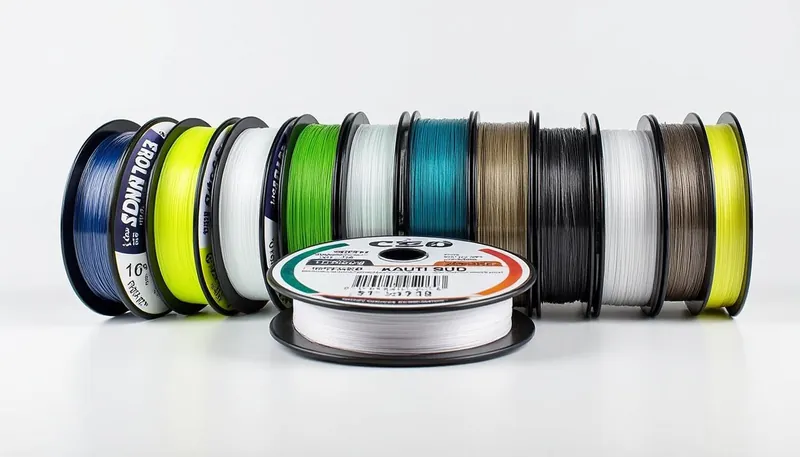
Breaking Strength and Fishing Line Charts
Using a fishing line strength chart is a practical tool that many anglers use to make informed decisions. These charts provide detailed information on the breaking strength of various lines based on diameter and material. Here’s a quick overview of what you’ll usually find:
| Line Type | Breaking Strength (lb) | Diameter (mm) |
|---|---|---|
| Monofilament | 4 – 30 | 0.18 – 0.62 |
| Braid | 10 – 150 | 0.08 – 0.56 |
| Fluorocarbon | 4 – 25 | 0.13 – 0.60 |
When analyzing such charts, it’s essential to align the strength of the line with your intended catch. For example, if you’re aiming to catch catfish, which can weigh upwards of 50 pounds, using a 20-pound test line is generally recommended for such a challenge. 🎣
The Importance of Matching Line to Species
Choosing the right line also depends heavily on the species you’re targeting. Here’s a quick reference guide for common species:
- Trout: 4-6 lb test line works well. 🐟
- Bass: 8-12 lb test is typically recommended for good action. ✅
- Catfish: Use a robust 15-20 lb test for durability. 🏋️♂️
- Salmon: The higher-end spectrum, typically 20-25 lb test for larger specimens. 🐠
Tips for Maintaining Your Fishing Line
Maintaining your fishing line is just as important as the initial selection. A poorly maintained line can lead to breaks at the worst possible moment. Here are several tips to keep your line strong:
- Storage: Always store your fishing line in a cool place, away from direct sunlight. 🔆
- Regular Inspections: Check for nicks, abrasions, or discoloration that might indicate wear. 🧐
- Cleaning: Clean your line after fishing to remove salt and debris using fresh water. 💧
- Replacing Lines: Consider replacing your line at the start of the season or after extended use. 🔁
How to Avoid Common Mistakes
Even experienced anglers can make mistakes in line selection. Some common errors include:
- Choosing the wrong pound test for the target species. 🚫
- Using too thin of a line for heavyweight fish. ❌
- Neglecting to check for line damage before fishing. ⚠️
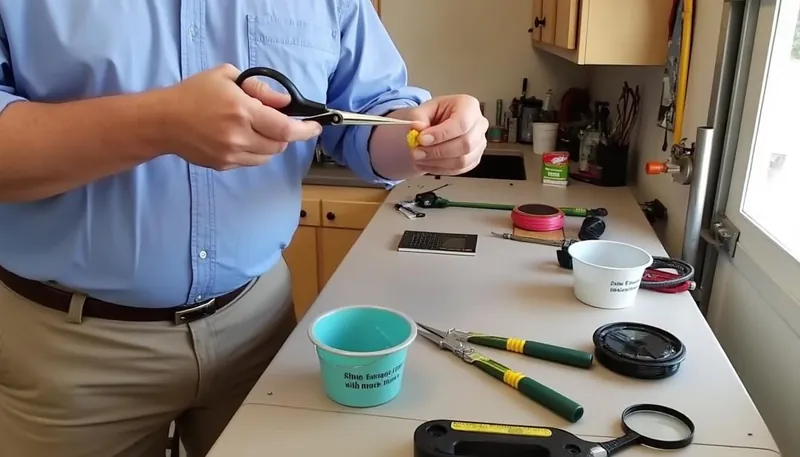
Final Thoughts on Fishing Line Strength
Choosing the right fishing line strength hinges on your understanding of the various types that suit your fishing style. While a monofilament might serve as a good general-purpose line, braided options are indispensable when strength is essential, particularly for species like large marlins or sharks. In contrast, when finesse matters, fluorocarbon is your best bet.
Equipped with knowledge about breaking strengths, line maintenance, and the factors that play into your fishing line decisions, you’re now in a better position to choose wisely for your next fishing adventure. Remember, the right line can not only enhance your catch rate but also improve your entire fishing experience.
What is the best fishing line strength for freshwater fishing?
Generally, a 6 to 12-pound test line works for freshwater species like trout and bass.
Can I use the same line for different species?
Yes, but you must ensure the line strength aligns with the size and behavior of the fish you’re targeting.
How often should I replace my fishing line?
It’s best to replace your fishing line at least once a season or when you notice any wear and tear.
What’s better, braid or monofilament?
Braid offers superior strength for its diameter, while monofilament provides good stretch and sensitivity, making them suitable for different situations.
How can I tell if my fishing line is still good?
Inspect for frays, stiffness, or discoloration. If you notice any of these, it might be time to invest in a new line.
